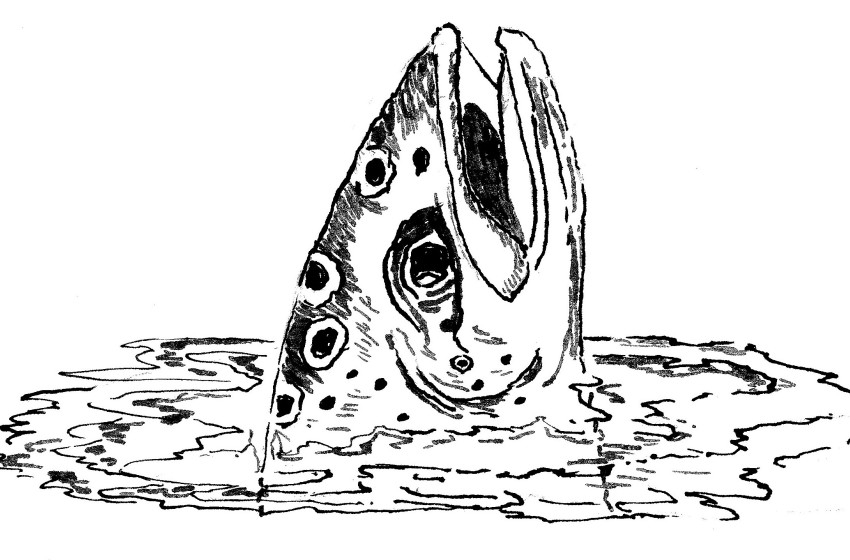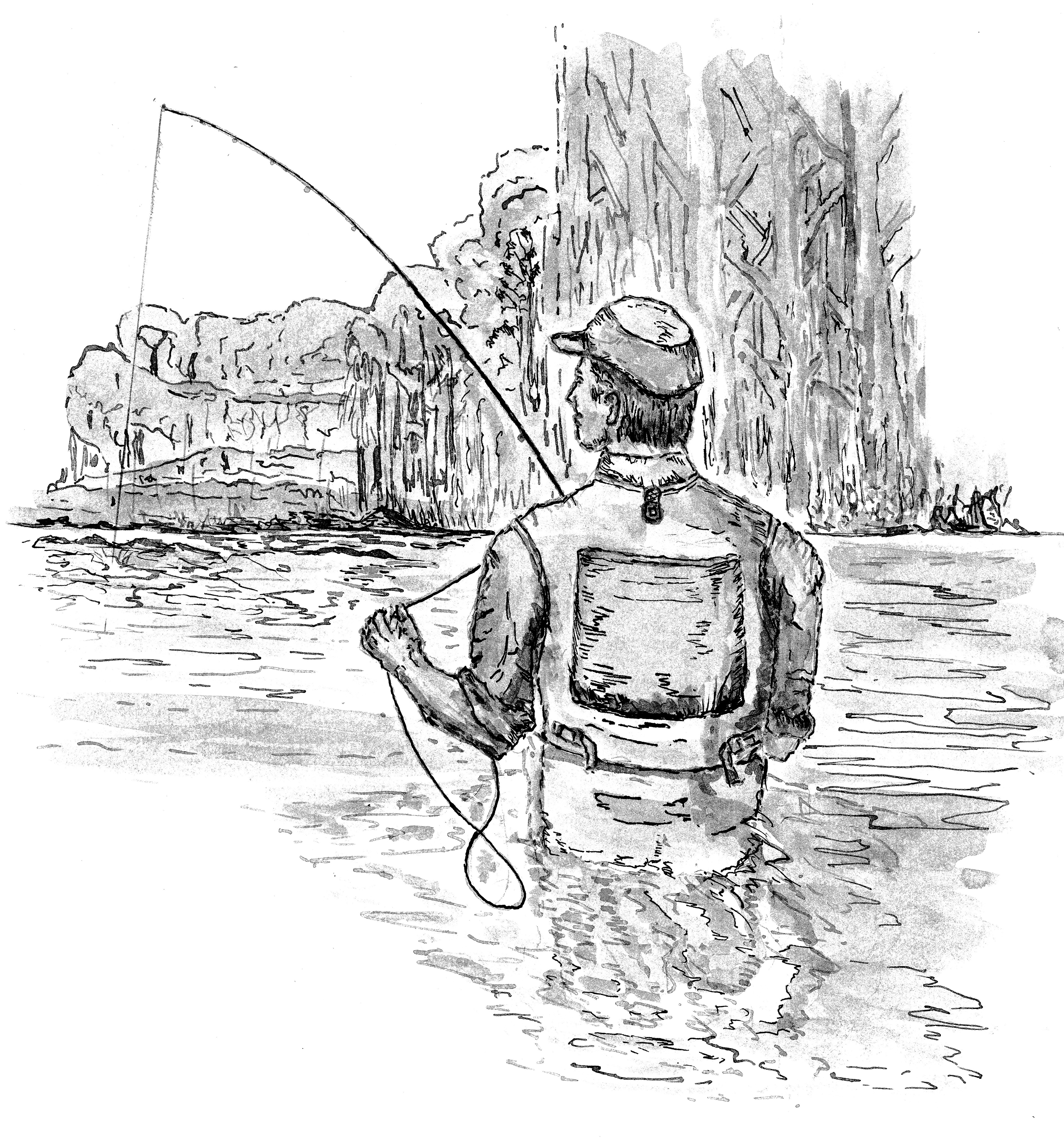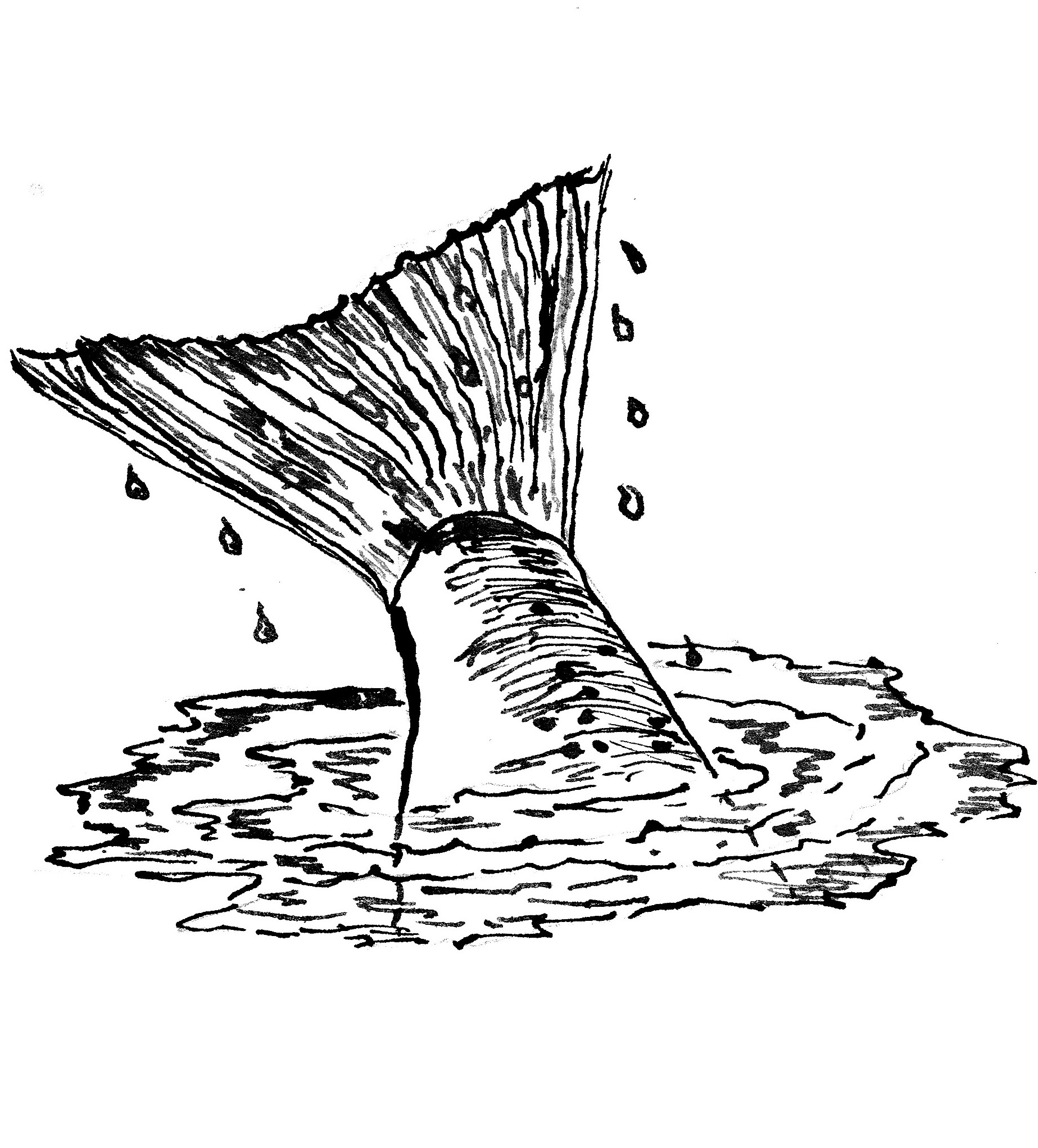Creasy's Column for Reel Life September 2017
- 26/09/2017

I am persuading myself that a want has become a need. My waders definitely leak. I could wait for summer when the water is warm and I can dispense with waders altogether, or I can bite the bullet and splash out on the latest technology that may or may not be better than last year’s model but at a considerable increase in price. I am always suspicious of prices that end in 99. There is no such thing. Retailers using such trickery with pricing are playing mind games. Can they be trusted? It is a silly ploy. Put the correct price on an item and your probity will be admired.
And that’s just the price tag. Go a little deeper into the ticketing and labelling and you come across terms that link various products with space age science that will wear, if not forever, then for considerably longer than anything you’ve used before. Reels carved from solid blocks of miracle metals, rods imbued with magical powers to cast a line as lines have never been cast before, and leaders that fish can’t see.
Now, if all that were true you might begin to wonder how our antecedents ever caught a fish at all. Silk lines cast with bamboo or greenheart rods, catgut leaders (pity the poor felines) and waders that consisted of stout leather boots with hobnails for grip. Yet anglers caught fish.
It was sport for the wealthy, and rods, reels and lines were made by hand and cost a fortune. Bamboo was split, silk was spun by busy insects and catgut was extracted most unpleasantly from the stomach and arteries of dead cats. Even hooks were made by hand. Fish were caught on some of the trickiest waters in the world. Chalk streams ran clear and skill of presentation led to the taking of the fly, and gentle pressure led to a fish’s netting.
 Technology has made things easier. Rod diameter and flexibility make casting a relaxing exercise rather than a debilitating labour of love.
Technology has made things easier. Rod diameter and flexibility make casting a relaxing exercise rather than a debilitating labour of love.
Anglers are optimists. They have a belief that every visit to a river will result in fish caught in sunny weather, with low, clear water and easy wading. At this time of year it’s more likely to be violent winds, icy showers and wind knots. There is an upside – slime has yet to build and wading is safer.
Technology has made it possible to develop rods and lines that will punch a fly into the wind. Waders and underwear defy the cold and spring fishing can be most rewarding. I am optimistic enough to think so. Purists will never resign themselves to the modern version of fly fishing. There are still those who use cane rods, though silk lines and gut leaders are a rarity. Flies, though, can be simple and made of natural materials, including the cotton used to tie them. There are few flies simpler or more successful than the pheasant- tail nymph, and the hare’s ear nymph comes a close second. Spider patterns get slightly more exotic and their brown partridge hackles are getting hard to come by. Even rarer is seal’s fur used in old patterns, and jungle cock hackles used for the eyes used in salmon flies and early matuku patterns. The matuku is now protected and the poor old jungle cock has neared extinction as a result of anglers’ pretensions.
Hackles for dry flies have spawned an industry, with a number of chicken breeders producing designer roosters of gaudy glory and marvellous hackles. Hares and rabbits are good to eat and their ears and fur are a bonus. Pheasants are delicious and their tails and body feathers serve a multitude of flies. In fact, there is hardly a bird in existence that hasn’t contributed its feather to the angler’s efforts to imitate insects and small fish.
Purists feel the benefit of using materials derived from nature. There is a certain smugness in their demeanour. “I am a friend of mother earth,” their body language signals, which is somewhat at odds with the remains of dead birds carried in their flyboxes.
While the thrill of catching trout is a motivating stimulus, the quieter reward is the gentle observation of the natural world and the revelations that come with increased knowledge. Fishing is just another form of hunting, and any good hunter knows the value of studying the habits of his prey and its surroundings. With many hunters the revelations that come as a result of observation replace the instinctive need to hunt.
Trout are simple fish of enormous complexity, and so is the sport of their pursuit. You can catch one with a worm on a bent pin, or you can spend hours fashioning flies as close to reality as it is possible to get. Both will result in fish caught, but without some knowledge of the prey and its surroundings success will be limited.
The most successful anglers can read water and see fish. That’s harder than it seems. Seeing fish, and casting to them requires practice. It may be shadows or logs or fish-shaped stones that you cast to, before the sideways snap of a fly taken makes the heart beat faster as the battle is enjoined.
